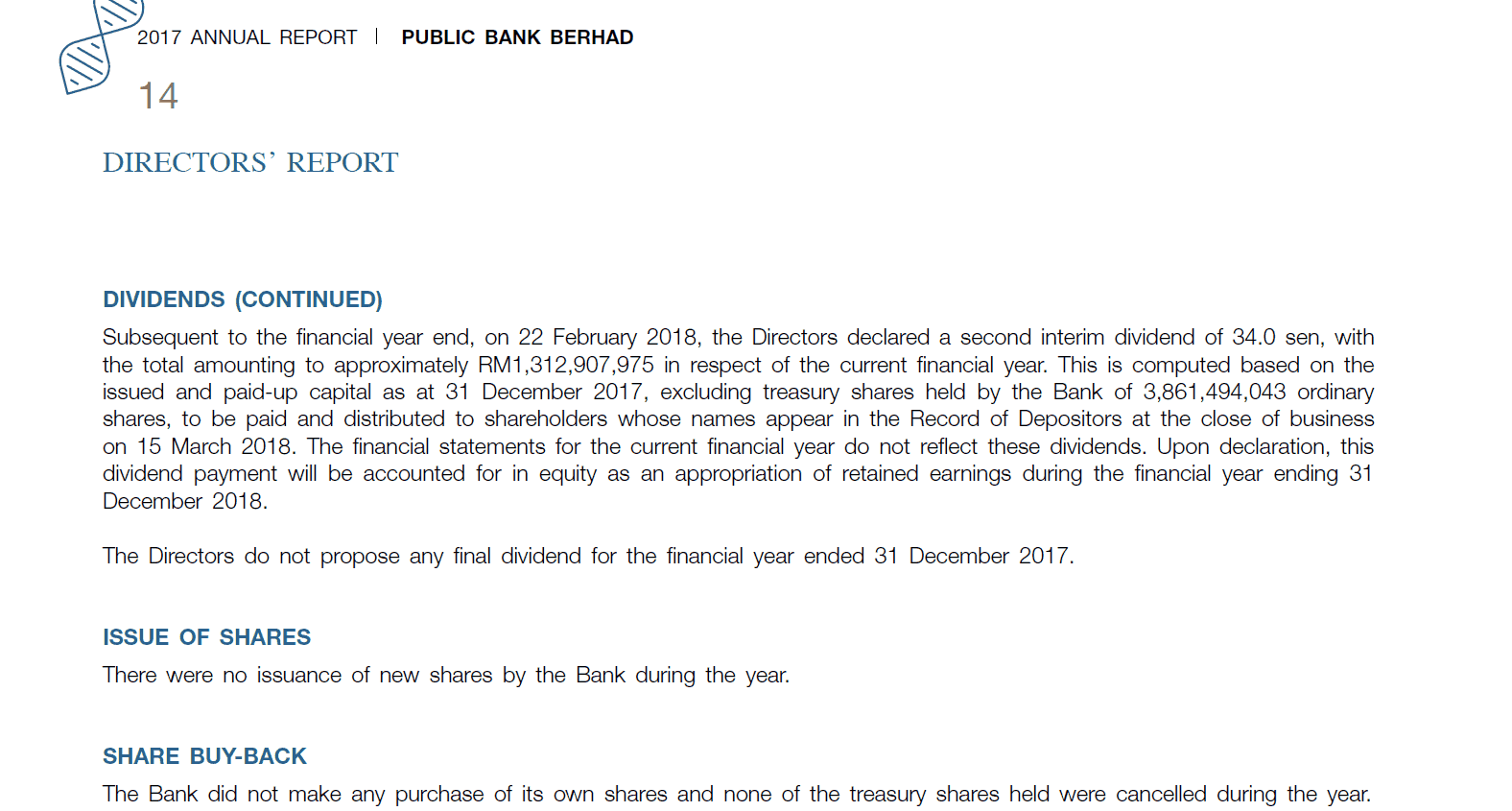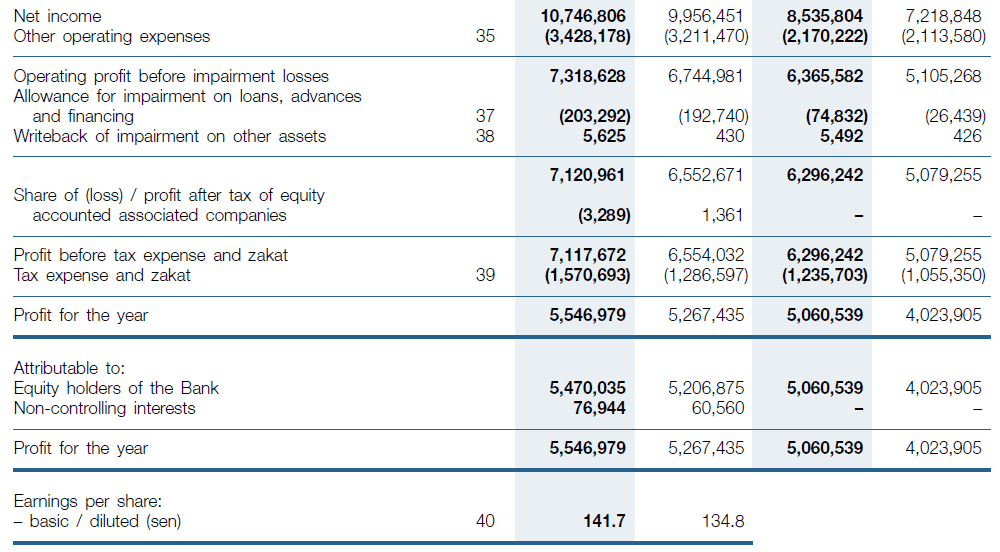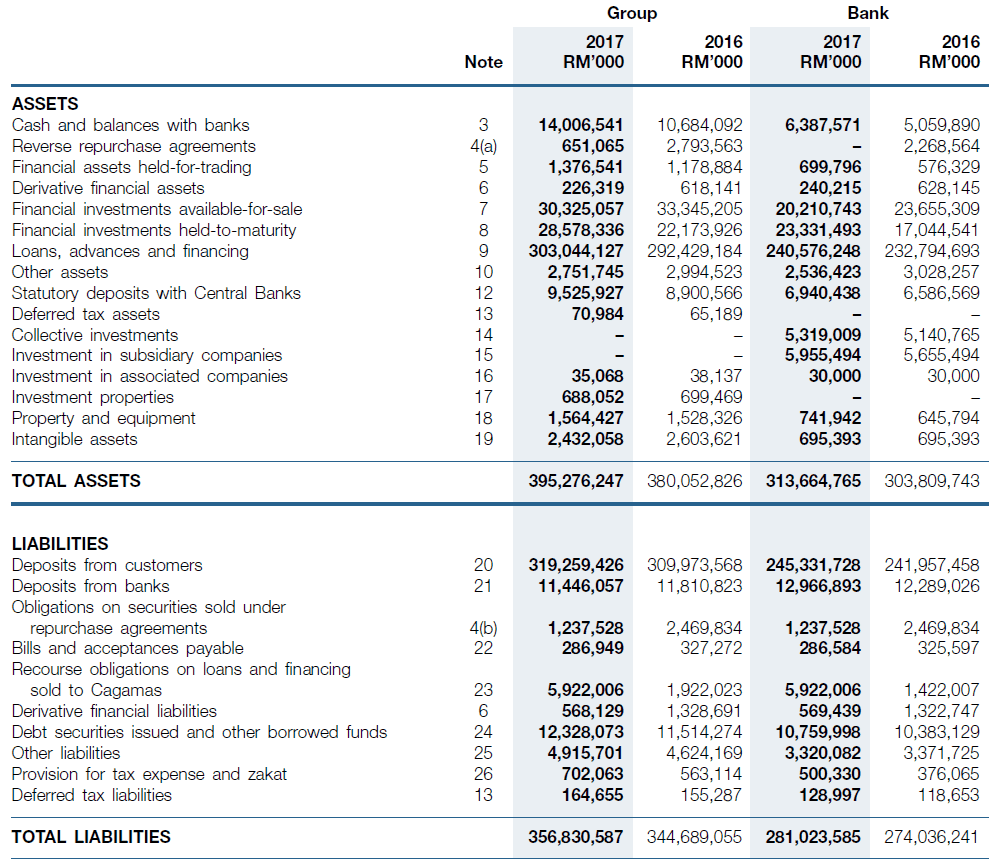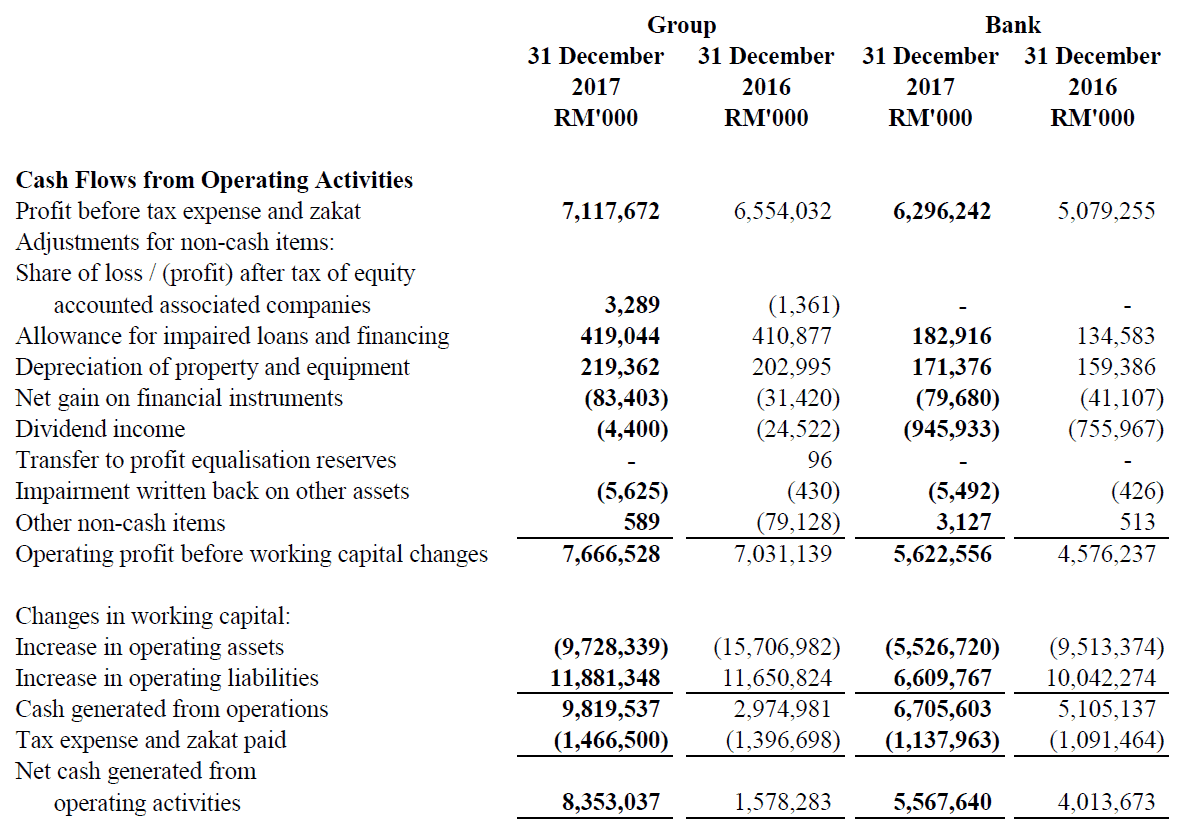How do you read and understand a company quarterly earnings report and annual report? What are the key numbers and material information to consider?

What is an Earnings Report?
An earnings report is a quarterly filing to report on a public listed company’s performance. It is available to the public and provides key financial information including the latest balance sheet, profit and loss, changes in equity, cash flow statement, notes to the financial statements, and performance review.
How often do Companies Report Earnings?
Companies report earnings quarterly (every 3 months) after the end of each quarter. In Malaysia, it usually takes one or two months after the quarter ends for the quarterly report to be released. For US companies, quarterly reports usually begin one or two weeks after the quarter ends in what is often referred to as “earnings season”. Filing is done to the Securities Commission Malaysia (SC or Suruhanjaya Sekuriti Malaysia) and Securities and Exchange Commission (SEC) respectively in Malaysia and US.
Why is an Earnings Report Important?
Earnings reports provide investors and potential investors information on how a company is performing financially. It helps investors to know if a company is performing to expectations and influences decisions on making investments in or out from a public listed company. It can be viewed as a regular financial health assessment of a company, and is the basis for analysis and projections for the future prospects of the company.

Key Info
Business Outlook
Found in: business outlook, director’s/chairman’s/CEO’s report, or message typically early in the annual report either right at the start or before the financial statements
Business outlook typically tells the story from the top guy (or top woman’s) perspective on how the company performed amidst the current economic and market situation. It helps shade light on significant performance highlights (whether good or sometimes bad), and where the company is heading to into the future.

Total Shares
Provides information on the total company stock held by shareholders including individual investors, institutional investors, and restricted shares owned by employees.
Dividend per Share (DPS)
DPS is the distribution of company earnings given to shareholders for each share held during the time period. Dividends can include regular and special dividend distributions. Some companies may not pay dividends, especially if they have better use for earnings to be deployed.
US share dividends: 30% tax rate
Malaysia share dividends: 0% tax rate
Shares Buyback
Provides information on shares buyback if approved by the company, any buyback done throughout the financial period, and if any treasures shares were cancelled.
Tip: search for “buy back”, “buyback” or “buy-back”

Income Statement

Revenue
Revenue is the amount of income that the company generates in the time period from normal business activities.
Net Income
Net income is the total profits of the company after deducting operating expenses, interest expenses, and taxes.
Earnings per Share (EPS)
EPS is the profits of the company allocated to each outstanding share of common stock.
EPS = Profit / Total Stock
Balance Sheet

Cash and Cash Equivalents
Cash and Cash Equivalents: includes savings accounts, checking accounts, money market accounts, currency, and other short-term liquid investments with maturity of three months or less.
Current Liabilities
Current liabilities are liabilities (debts) that are due within the next twelve months. Current liabilities may include the following:-
- Capital leases
- Accounts payable
- Taxes payable
- Accrued liabilities
- Deferred revenues
- Other current liabilities
Long-term Liabilities
Long-term liabilities are liabilities (debts) that are not due within the next twelve months. Long-term liabilities may include the following:-
- Long-term debt
- Capital leases
- Deferred taxes liabilities
- Accrued liabilities
- Deferred revenues
- Other long-term liabilities
Shareholder’s Equity
The total equity attributable to shareholders in the company. Shareholder’s equity includes:-
- Common stock
- Additional paid-in capital
- Retained earnings
- Treasury stock
- Accumulated other comprehensive income
Knowing the Shareholder’s Equity is important for calculating the Return on Equity (RoE) and Debt:Equity Ratio
RoE = Net Profit / Shareholder’s Equity
Debt:Equity Ratio = Liabilities / Shareholder’s Equity

Cash Flow Statement

Net Cash from Operating Activities
Net cash from operating activities is cash generated from company’s normal business operations. It includes net income, depreciation and amortisation, income taxes, and changes in working capital.
Depreciation
Depreciation is the decrease of fixed assets value over its useful lifetime. Depreciation for accounting terms is recorded as income and part of net cash from operations.
Capital Expenditure (CapEx)
Capital Expenditure are investments to buy, maintain, and upgrade fixed assets including buildings, land, vehicles, and equipment.
Other Info
Companies may include some or all the following in the earnings report
- Financial Summary: optionally provided to show typically the last 3, 4, or 5 years performance comparison
- Executive or director changes: changes to key executives or new/leaving member on board of directors
- Risks: key risks anticipated by the company and steps taken to mitigate those risks
- Lawsuits: any outstanding or recently settled lawsuits or disputes
- Defaults: any default by company or related parties on monies
- Guidance: often found (although not compulsory) for US stocks but almost never for Bursa stocks, guidance provides an estimate by the company for the next quarter and year ahead
More Info
Can’t find a particular term used? Here are some common and alternate terms which are sometimes used in a report instead.
- Balance sheet: statement of financial position, assets and liabilities, statement of net worth
- Income statement: profit and loss statement, revenue statement, statement of financial performance, earnings statement, operating statement
- Cash flow statement: statement of cash flows
- Revenue: sales, turnover, top line, gross income
- Net income: net profit, profits after tax and expenses
- Long-term liabilities: non-current liabilities
- Short-term liabilities: current liabilities
- EBITDA: Earnings Before Income Tax, Depreciation and Amortization
- Quick ratio: acid test ratio
- More financial-related jargon
Useful Links
- Bursa Malaysia (bursamalaysia.com)
- How to calculate beta
- MyPF 11 Shares Fundamental Analysis



Leave A Comment